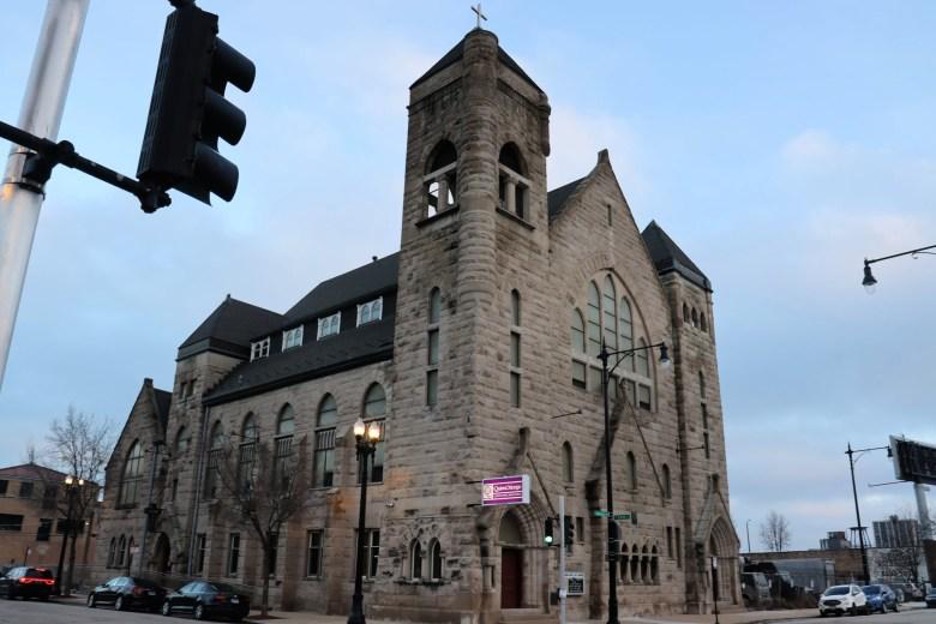Digital Fishers of Men: Discipleship in the Virtual Age
By John Thomas III, Editor
A few weeks ago, I was chatting with a friend of mine about their experience during the pandemic. As in most parts of the United States, church services had moved to be shared through the usual digital media: Facebook Live and YouTube along with options for Zoom attendees. In addition to reinvigorated volunteer programs and weekly Bible study, they were proudest of their membership intake during the pandemic.
At the Annual Conference, they boasted about taking in many virtual members from across the United States. Intrigued, I asked questions about these new virtual AMEs and learned that they were as fully integrated as one could be in the current environment—complete with a class leader and tithing envelope number.
This discussion caused me to think about how the COVID-19 pandemic has caused us to reimagine and revisit many of our core concepts and structures regarding discipleship and membership. At its core, a church is an assembly of Christian believers who come together to praise God and live their Christian faith by walking together. Community is deeply embedded in the roots of the AME Church through class leaders and stewards that we take from our Methodist heritage. Unfortunately, in many of our churches, the need for an intimate discipleship group has either been warped into a function to raise money or been abandoned altogether. What is worse, some of our clergy have created torturous explanations as to why their “cell groups” or “discipling teams” are different from the Wesleyan class system handed down to us from Richard Allen.
The terms “church family” and “pastor” have taken on new meanings over the last 12 months. Well-pastored congregations with strong networks independent of the pulpit have not only survived but thrived over the last few months. Places where the only draw was a Sunday morning worship have suffered because on Sunday morning, people can be everywhere—literally. Into this mix, we add the people who have been able to connect with congregations because of the ease of access to the worship service. This applies, for example, to people with occupations who prohibit them from attending normal church services and our sick and shut-in members.
My friend told me about members who had moved away to work but re-engaged with the local church they pastored and have become active and contributing members. In my personal life, I have been able to visit my home church of St. John, Nashville, much more frequently.
Yet, while the ease of accessibility has allowed for increased digital evangelism, paraphrasing former Director of Evangelism Dr. George Champion: “How do we keep them once we get them?” While having large numbers of views and offerings via Givelify and CashApp are important measures, the mission of the church only begins after a person professes faith in Jesus Christ.
I asked my friend, “Are these new members in a membership class? When and how will you baptize them?” My friend looked at me thoughtfully and said, “You know, we’re still exploring what to do next.”
Being a Christian goes beyond watching a program on Sunday morning, filling out a form, and sending in an electronic gift. The virtual world offers up vast possibilities but we must ground our outreach in our theology and polity.
We can find solutions to the adjustments needed for digital discipleship. For example, my friend later told me that they had named a virtual class leader and baptisms would occur once social distancing restrictions were lifted since the new members lived locally. Communion is not an issue now but what do we do after the pandemic? Will churches mail consecrated elements for persons who are members two states away to take in their homes? What about involvement in the local church? Will these virtual members be able to participate in church conferences, board meetings, and other activities of the local congregation? These are necessary and exciting questions to answer and we must find the answers because now that the floodgates of digital discipleship have been opened, we must learn to navigate these waters.
NOTE: I found these links particularly helpful when thinking about this editorial: https://karlvaters.com/will-the-congregation-come-back/, https://sojo.net/articles/10-ways-do-online-church-without-losing-community, and https://churchleaders.com/pastors/pastor-articles/317950-digital-internet-church-really-church-thom-rainer.html (pre-pandemic).





